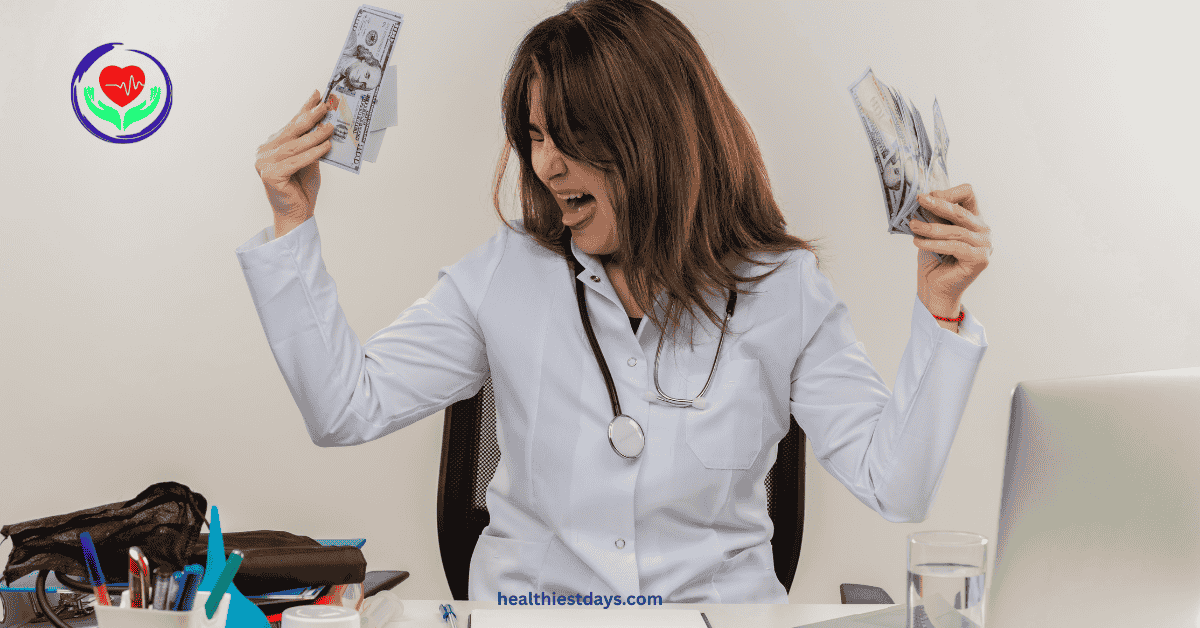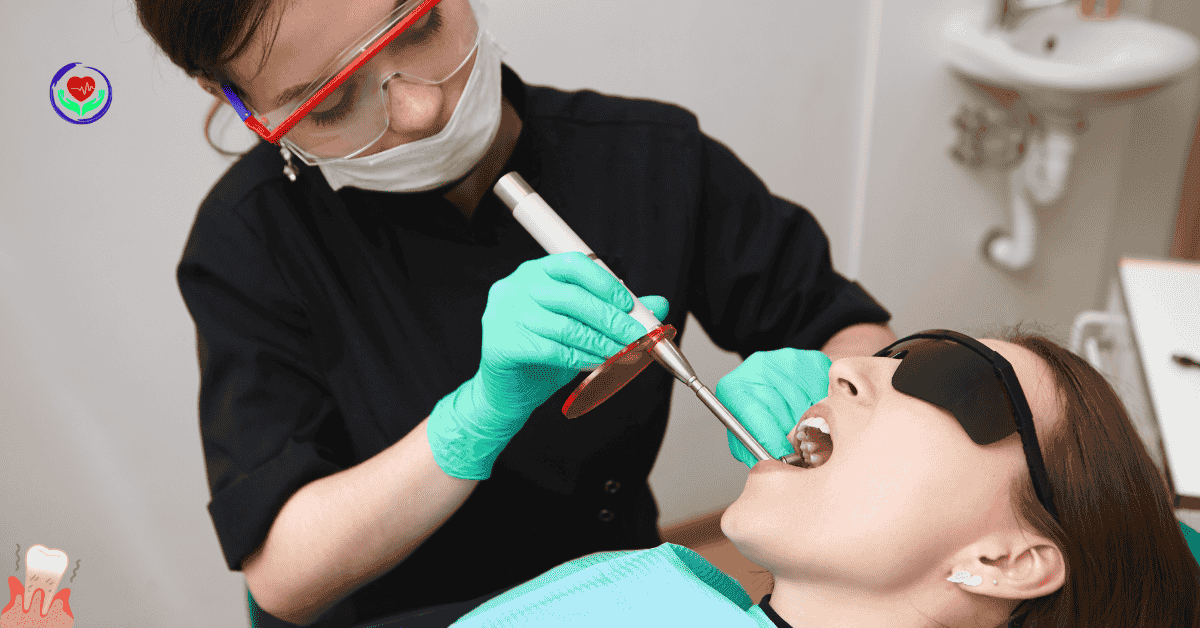How Long Is Pink Eye Contagious in Adults? Timeline, Treatment & Tips
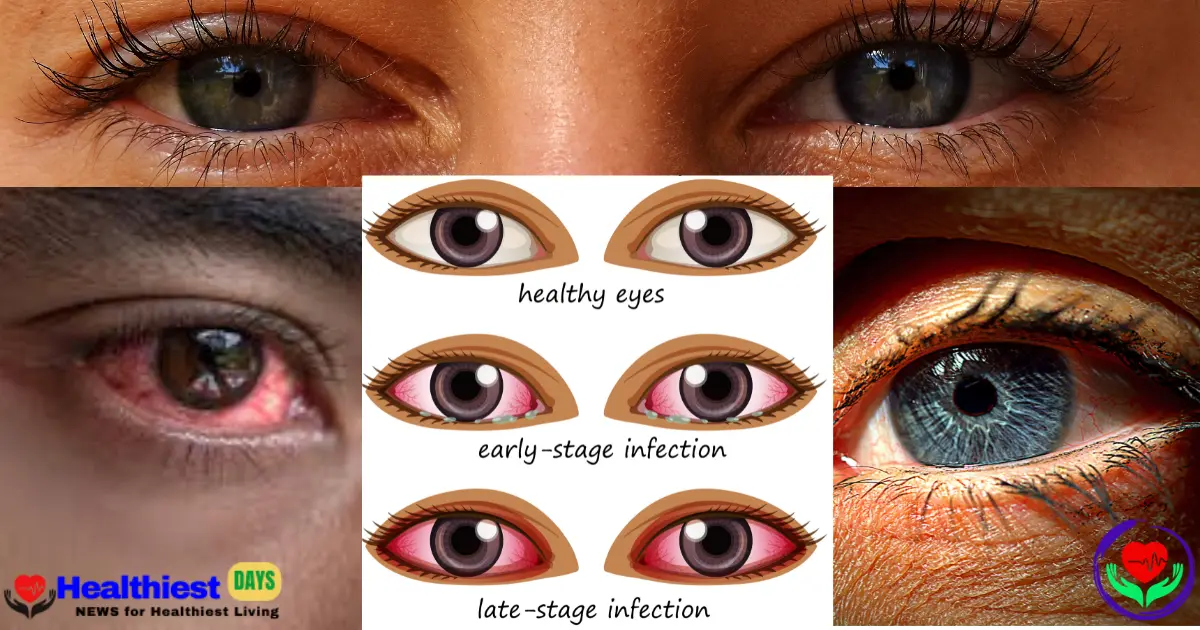
When a Red Eye Disrupts Your Day Routine
Imagine a situation in which you wake up with a red, swollen, itchy eye before the start of your big day, is pink eye contagious in adults? Is it the real cause, or is something else happening? There is no need to panic. Is this just irritation in your eyes, or is it pink eye?
More importantly, is it a contagious disease, as your eyes are the most beautiful gift of nature? Conjunctivitis, commonly considered to as pink eye, affects millions of adults every year across the United States and other parts of the globe.
Despite how it is widespread , many adults remain totally confused about how long pink eye is contagious in adults? When there is a need to seek a proper treatment for it, and how to avoid spreading it to others because it can effect others at a large scale.
Our detailed guide provides evidence-based insights and CDC-backed pieces of advice to encourage you about the phenomena that you should understand the timeline of pink eye’s contagiousness in adults.
Whether you’re experiencing related symptoms or taking care of someone who is being suffered in it, we’ll break down the types of conjunctivitis in this regard by telling how long they’re contagious, how to manage them safely and getting on time treatment, and when it is satisfactory to return to work or public life.
At The HealthiestDays, we always believe in healing naturally—because you deserve ideal skincare and the most result-oriented health solutions without harmful side effects.
What Is Pink Eye Contagious in Adults? (Conjunctivitis 101)
Pink eye, medically known as conjunctivitis, is an inflammation of the thin and transparent membrane (the conjunctiva) of your eye that lines your eyelids and covers the white part of your eyeball located within your eyes. When this kind of tissue becomes inflamed, it causes visible redness or a pink hue in the whites of the eye , indicating that you need to consult your doctor immediately.
There are three primary types of pink eye contagious, each caused by different triggers or factors and with varying levels of contagiousness including:
- Viral Pink Eye: It is highly contagious, usually linked to respiratory infections in which viral pink eye infection spread greatly.
- Bacterial Pink Eye: It is less contagious, treatable with antibiotics at primary levels easily.
- Allergic Pink Eye: It is not contagious, often seasonal or environmental factors become the real cause to spread allergic pink eye infection.
Now you can easily understand which type of pink eye infection you have. It is very essential because treatment and the duration of contagion differ significantly.
You are professionally directed to recognize it by getting very vital information from our blogs which will reduce your fear and feel you comfortable in your eye-treatment procedure.
How Long Is Pink Eye Contagious in Adults?
1. Viral Pink Eye
- Contagious Period: It normally starts before symptoms appear and may last up to 14 days, even after the eye begins to look normal
- Symptoms: If you are facing watery discharge, redness, a burning or gritty feeling in the eye, swelling of the eyelids, often affects both eyes
- Cause: It often happens due to Adenovirus eye infection which is also responsible for the common cold.
Viral conjunctivitis spreads easily through the process of coughing, sneezing, and touching contaminated surfaces. It is a viral infection so antibiotics won’t help. Most cases clear up in 7–10 days without proper medication, but during that period, you’re likely still contagious.
2. Bacterial Pink Eye
- Contagious Period: It begins at symptom onset and usually ends 24–48 hours after starting prescribed antibiotic eye drops
- Symptoms: It has the following symptoms including: thick yellow or green discharge, crusty eyelids (especially in the morning), significant redness, and possibly one eye more affected than the other
- Cause: It can cause common bacterial culprits include Staphylococcus aureus and Streptococcus pneumoniae
Proper treatment with antibiotics can truly or significantly reduce the contagious period. Without proper medical treatment, bacterial conjunctivitis can remain contagious for up to 10 days.
3. Allergic Pink Eye
- Contagious Period: Not contagious at all in most of the cases.
- Symptoms: It includes the symptoms of itching, excessive tearing, sneezing, redness in both eyes, often accompanied by nasal congestion
- Cause: There are some causes including: pollen, pet dander, dust mites, or other environmental allergens
Allergic conjunctivitis affects both eyes and is driven by immune response where infection is not responsible for pink eye infection in adults . You can return to your work or public spaces immediately, though it’s wise to manage symptoms to avoid eye rubbing and further irritation.
How to Know If You’re Still Contagious
Use following set of symptom tracker to determine whether you’re still contagious:
- Are your eye still red, itchy, or watery throughout the day?
- Is there any yellow, green, or crusty discharge present?
- Are both eyes affected or just one is affected with virus or bacteria?
- Do you still feel a burning or gritty sensation in your eyes?
- Have you started or completed any prescribed medication on time?
If you answer is yes, to any of the first four questions and haven’t completed treatment, it’s safest to assume the fact that you’re still contagious.
Generally, you’re no longer contagious in the given ways:
- 24 hours after starting antibiotics (for bacterial pink eye), here you have 24 hours to start proper medication.
- Once symptoms fully resolve and the eye appears normal again (for viral)infection and you need to consult your doctor.
When Can Adults Return to Work, School, or Public Spaces?
Returning too early can truly spread pink eye to your coworkers or colleagues, classmates, or family members. Here’s when it’s typically safe to return back from your working station:
- Viral Pink Eye: After symptoms subside—typically 5 to 7 days, though sometimes up to 2 weeks, you stop working and start proper treatment.
- Bacterial Pink Eye: 24 to 48 hours after starting antibiotic treatment and when discharge is no longer present, bacterial pink eye infection can spread speedily.
- Allergic Pink Eye: Immediately, since it’s not infectious, allergic pink eye infection can be treated with no side effects.
Special Note: Adults who are working in healthcare, childcare, or food services should follow employer-specific policies or public health guidelines( terms and conditions). Some workplaces may require a doctor’s note containing proper permission for work.
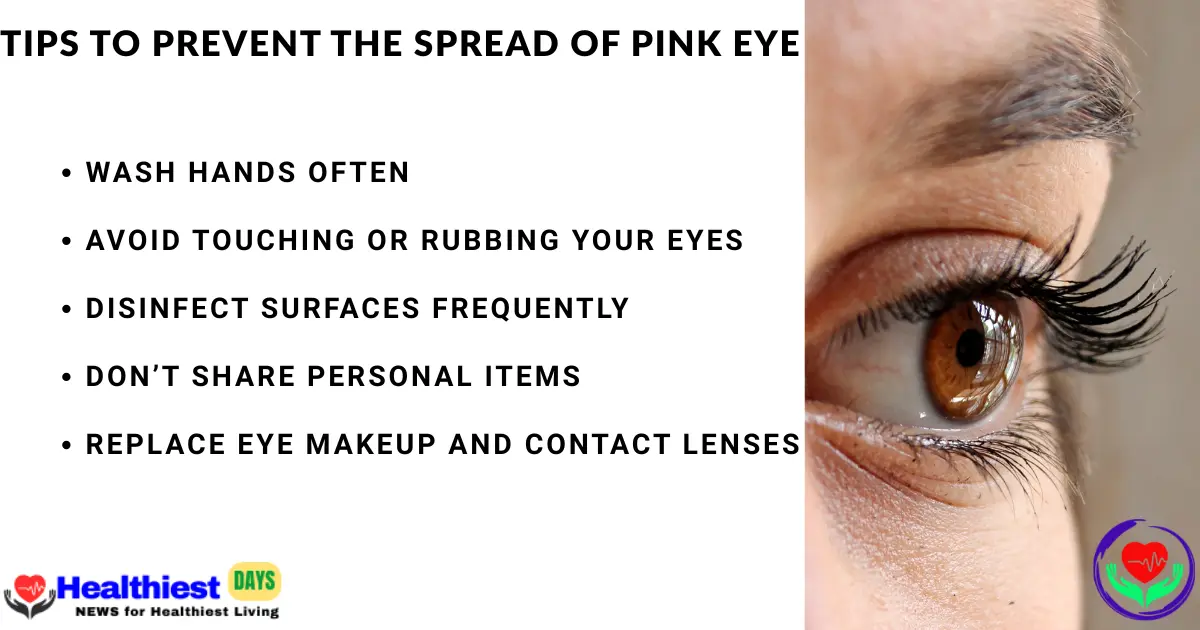
Tips to Prevent the Spread of Pink Eye
Pink eye can be incredibly contagious in different ways especially in shared environmental circumstances. These prevention strategies can help minimize the risk of spreading it by following conditions:
1. Wash Hands Often
You are directed to use soap and water for at least 20 seconds or use alcohol-based hand sanitizer if soap isn’t available.
2. Avoid Touching or Rubbing Your Eyes
Avoid touching can worsen irritation and transfer infectious particles to surfaces or other people.
3. Disinfect Surfaces Frequently
There is a need to wipe down phones, keyboards, doorknobs, and remote controls daily—especially if you live with others.
4. Don’t Share Personal Items
You must avoid sharing towels, washcloths, pillowcases, cosmetics, or eye drops during an active infection.
5. Replace Eye Makeup and Contact Lenses
There is a need to throw away makeup used while infected and replace contact lenses after recovery to prevent reinfection.
When to See a Doctor
While most pink eye cases resolve on their own, it’s important to seek medical advice if face the following list contains symptoms:
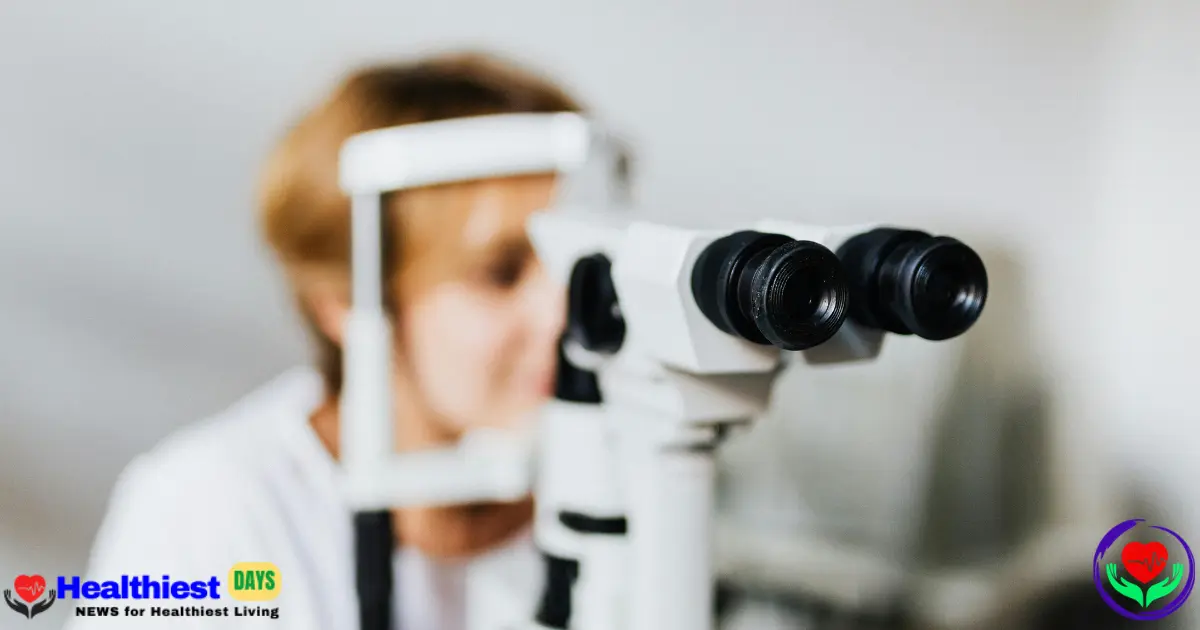
- Symptoms worsen after a week or persist longer than 10 days, so try to start your treatment on time.
- Your vision becomes blurry or you develop light sensitivity, so there is a need to understand the nature of your infection.
- There is intense pain, swelling, or difficulty opening the eye, then you must visit your doctor immediately.
- You must have pink eye along with a severe cold or flu in your eyes.
The American Academy of Ophthalmology recommends professionally that seeing a specialist if symptoms are unusually severe or recur frequently. In some medical cases, untreated conjunctivitis has capacity that can lead to corneal inflammation (keratitis), which can threaten vision.
Your Path to Natural Healing Starts Here
At The Healthiest Days, we go beyond symptom management and ensure that our readers get the essential medical details in simpler terms. We advocate for natural, side-effect-free healing rooted in science. If you’re currently facing any kind of pink eye infection, it should be known that you’re not alone and your recovery is possible without using any harmful chemicals.
FAQs About Pink Eye in Adults
Q1: Can I go outside with pink eye?
Yes, there is need to avoid crowded spaces. You can wear sunglasses to reduce light sensitivity and protect others by not touching your eyes.
Q2: How long does pink eye contagious in adults last?
Most viral or bacterial infections most of the time resolve within 5 to 10 days. At the other-hand, allergic cases may persist if allergens are still present.
Q3: Is pink eye the same as a stye?
No, these are two different concepts in medicine. A stye is a painful red bump from a blocked oil gland in your eyes while pink eye involves inflammation of the conjunctiva certainly caused by specific infection.
Q4: Can you get pink eye from a cold?
Yes it can happen surely because viral conjunctivitis often accompanies colds caused by different bacteria.
Q5: How do I clean my eyes safely during pink eye?
For this purpose, you must use a clean, warm compress and gently wipe from the inner to outer corner using a separate cloth for each eye.
Looking for more natural health insights that actually work for you without bringing harmful impacts?
You can visit HealthiestDays.com for always trusted, side-effect-free wellness guidance because healing doesn’t have to come with side effects at all.
Final Thoughts: Don’t Guess—Know When It’s Safe
Pink eye may look harmless in many ways but if it remains untreated or misunderstood, it can quickly spread through families, offices, or classrooms. Knowing how long pink eye is contagious in adults is the first and foremost step to protecting yourself and others.
Empower yourself with accurate science-backed knowledge, take compulsory precautions, and opt for essential treatment methods that can surely support your natural recovery.

